Photo, Paper, Book, Object Preservation
Here are some tips you might find helpful for Conservation at Home. For additional help, refer to the Finding a Conservator page on the American Institute for Conservation website.
Photos | Papers | Books | Objects
Photos
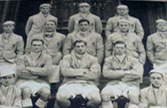
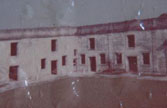
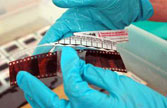
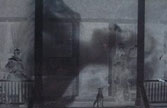
- Photos, like other works on paper, are sensitive to light and changes in temperature and humidity. It is best to store photos in the dark. Color photos and digital print-outs are especially sensitive to light damage.
- Never store your photos in self-sticking albums, the adhesive can damage the images and can become stickier over time. The National Archives provides advice on how to choose photo albums and other enclosures.
- Always write information about photos on the enclosure rather than the photo itself.
- The American Institute for Conservation (AIC) provides some helpful tips about caring for your photographs.
- The Minnesota Historical Society offers some helpful tips on preserving and displaying your family photos.
Papers
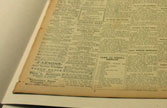
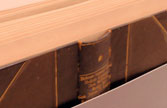
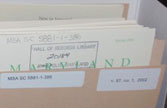
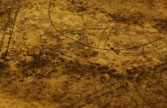
Although we do not recommend treatment of documents to neutralize acid unless it is done in a laboratory setting by qualified paper conservators, there are several things you can do at home to help preserve your important papers. Through proper handling and storage, you can:
- reduce the stress on paper fibers by gently unfolding and flattening documents
- store important, fragile, or oversized documents in mylar sleeves, for easier handling
- remove staples, paper clips and other extraneous and potentially harmful items from paper
- photocopy orginial documents (i.e., newspaper clippings) which cannot be saved or handled easily in their current state
- place individual documents into acid-free sleeves or between acid-free bond paper
- protect documents from the harmful effects of light by storing them in acid-free folders in an archival quality acid-free box
- Learn More: Paper Preservation
Books
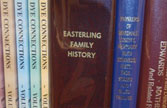
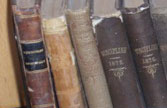
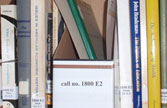
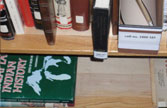
Although we do not recommend treatment of documents to neutralize acid unless it is done in a laboratory setting by qualified paper conservators, there are several things you can do at home to help preserve your important papers. Through proper handling and storage, you can:
- Books can be harmed by changes in humidity and temperature. Ideally books should be kept in a cool environment, but it is more important to keep them at a consistent temperature.
- Books should be stored in areas with limited light from the sun and fluorescent lightbulbs.
- Books are best stored upright with support; over time leaning books can be damaged.
- Oversized books are best stored laid horizontally on their side.
- Instead of an attic or basement,it is best to store your books where you can keep an eye on them.
- Opening books flat on a table causes major stress on the book's binding, it is best to crade your book in your lap or hands. If displaying a book on a table use supports under the covers so the book is never entirely flat.
- See the American Institute for Conservation (AIC) website for more information about caring for your books.
- The Library of Congress has information about how to save wet books that is useful in case of an emergency.
Objects
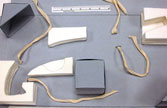
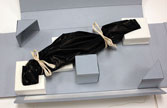
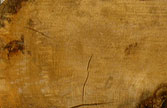
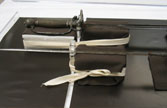
Historical objects or family treasures can take a variety of forms and often combine materials like metal, animal products, and paper, making conservation and preservation difficult. Objects range from furniture, tools, jewelry, clothing/textiles, glass and ceramics to works of art, and even audio and audiovisual objects like vinyl records, videocassettes, CDs, and DVDs.
- Wood furniture suffers from some of the same sensitivities as books and paper. Proper environmental conditions include: regulating light, temperature, and humidity. Furniture can also suffer from bug infestations, so be careful to watch for sawdust and other signs of an insect problem. Here are some helpful tips about caring for furniture from the American Institute for Conservation (AIC).
- Metal objects like tools, jewelry, and furniture hardware are most susceptible to corrosion from exposure to water and moisture. Here are some helpful tips about caring for metal objects from the AIC.
- Light and moisture can be especially damaging to textiles, which can include flags, clothes, housewares, and miscellaneous items. Light will cause fading and color changes to occur in fabrics. Moisture can cause fabrics to mold or discolor. Great care must be taken to preserve these materials; the Smithsonian has an step-by-step description of the process involved in conserving the Star Spangled Banner.
- Care should also be taken when displaying clothing; shoulders and other joints or folded sections can become stressed and damaged before other parts of the garment.
- Clothing should be allowed to "rest" or come down from display periodically and be properly padded when put into storage. Here are some helpful tips about caring for your textiles.
- See the AIC website for more information about caring for your objects.
|
This web site is presented for reference purposes under the doctrine of fair use. When this material is used, in whole or in part, proper citation and credit must be attributed to the Maryland State Archives. PLEASE NOTE: The site may contain material from other sources which may be under copyright. Rights assessment, and full originating source citation, is the responsibility of the user. |
© Copyright March 26, 2019 Maryland State Archives
